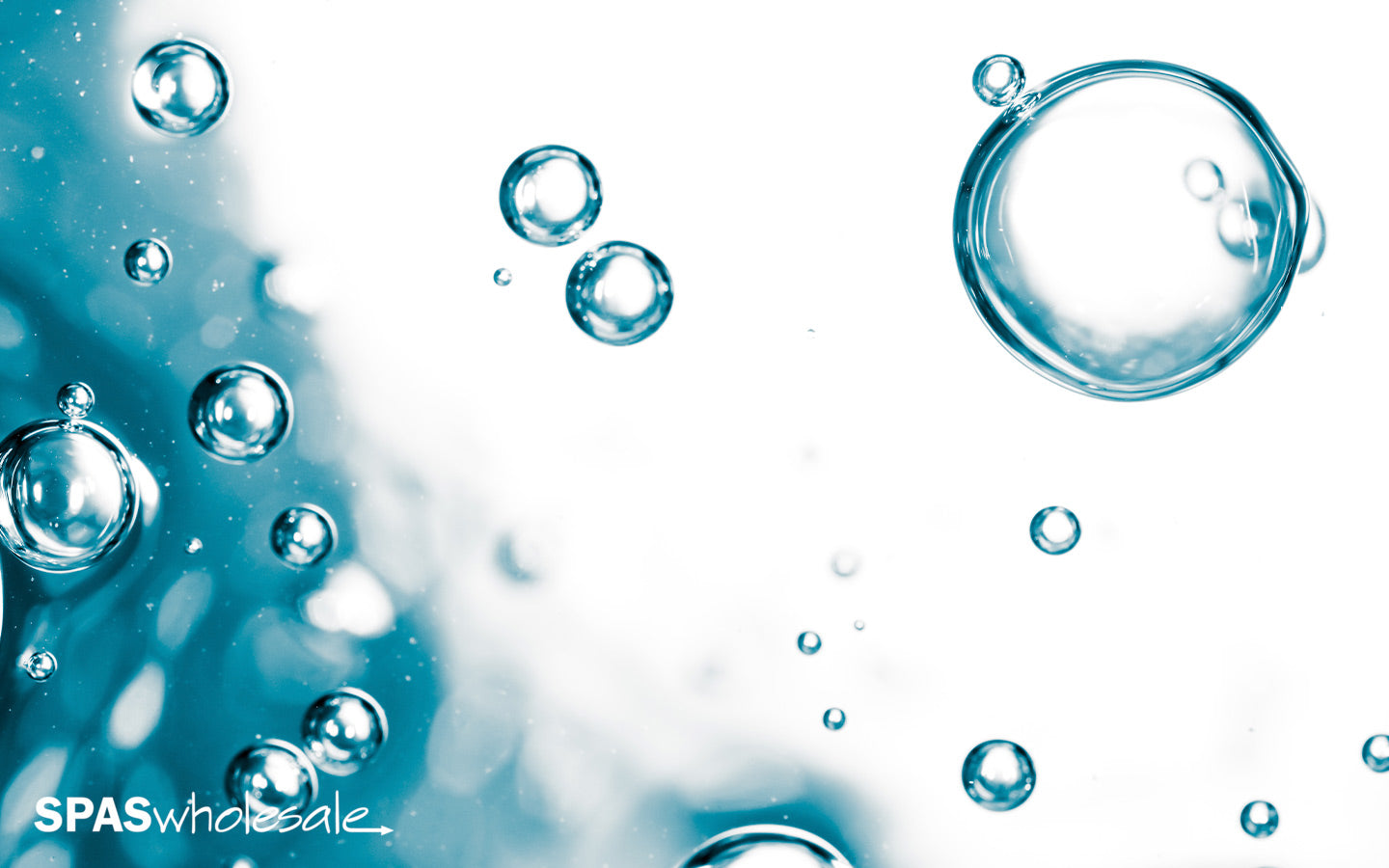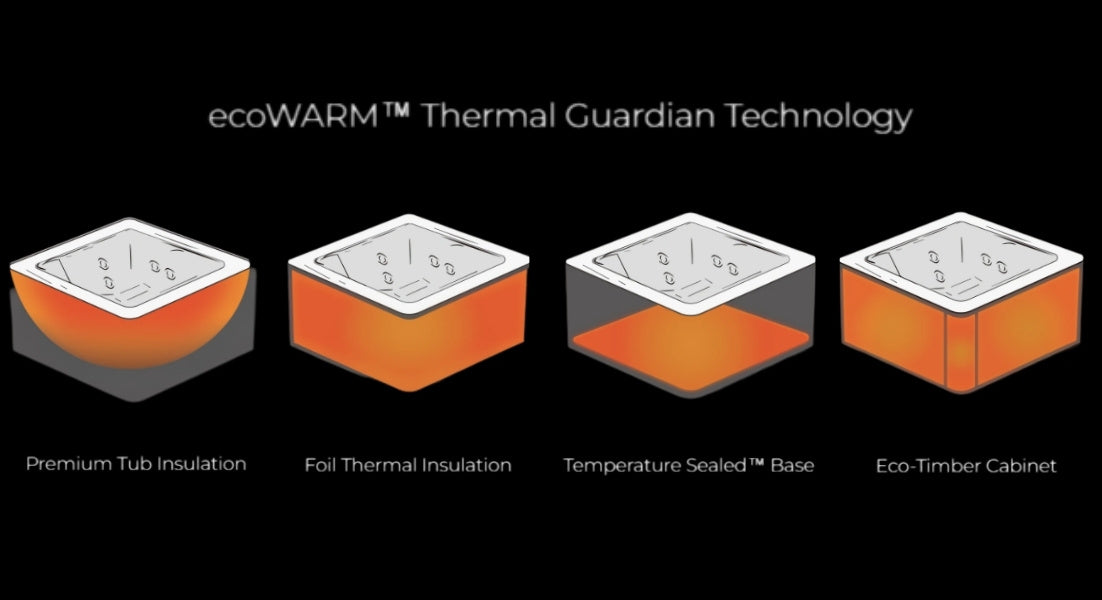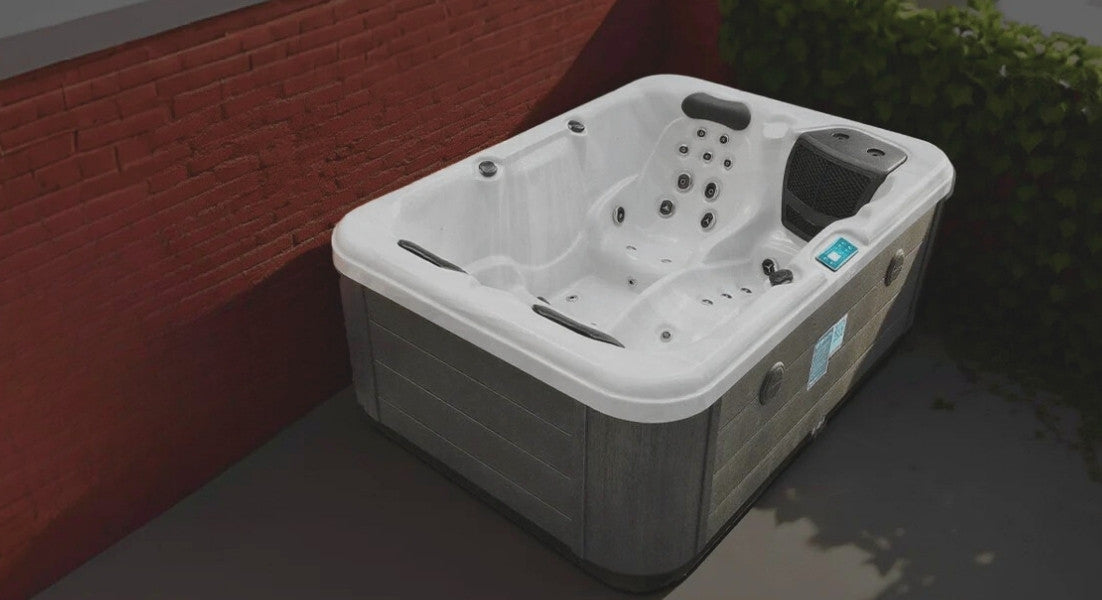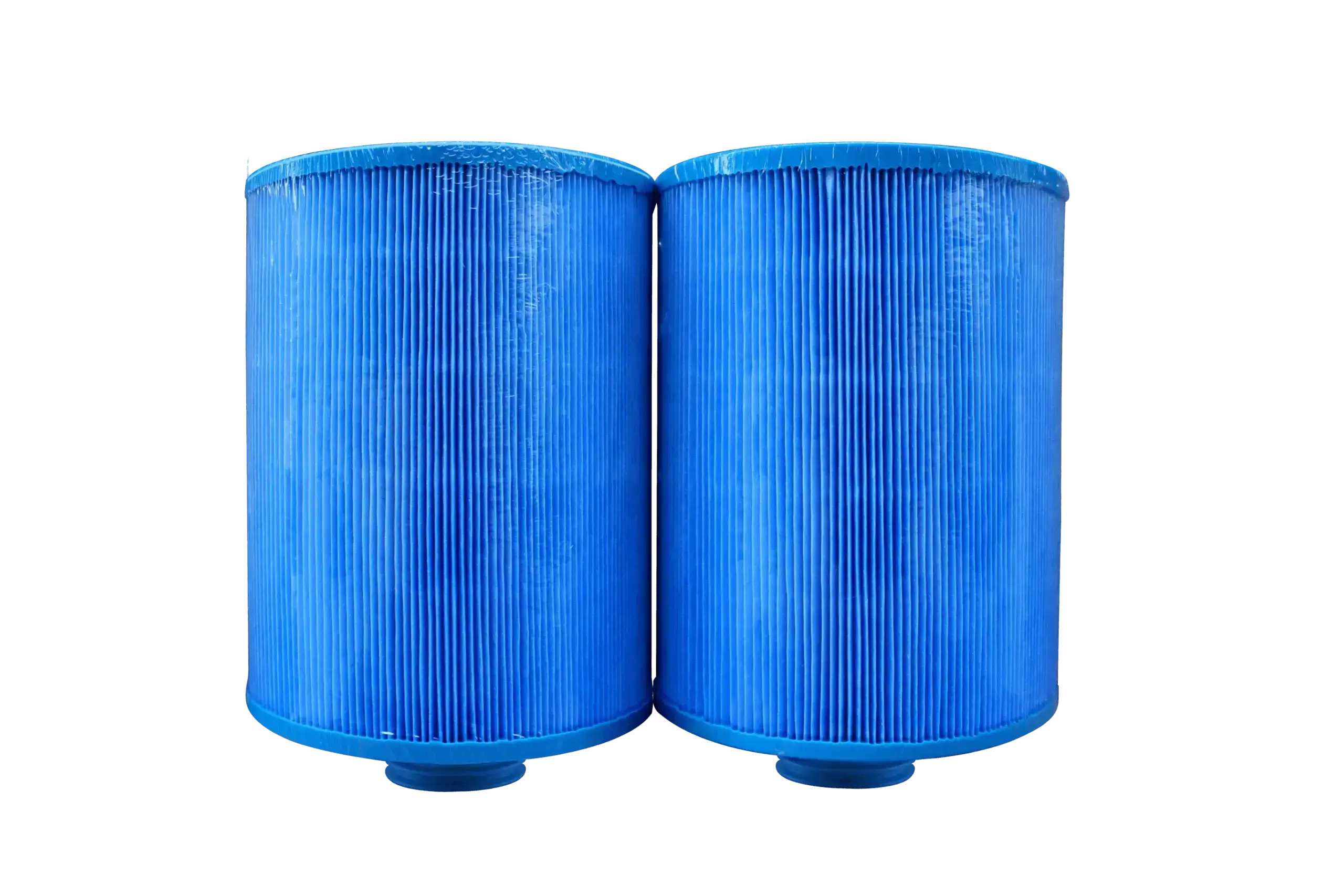Avoiding Foam from forming in your Spa
Here’s a simple guide on how to avoid foam forming in your spa or swim spa.
How Spa Foam is Produced
The foam that forms in Spas is basically the same as sea foam. The difference is only in the chemical make-up of the foam.
Spa foam will form from the combination of water, air and surfactants. Surfactants are molecules that reduce the surface tension of liquids. And with Spas, when the water tension in water reduces we increase in the potential for oil and water to mix.
Spa water contains a variety of surfactants. These surfactants will exist in the water regardless of how well we balance our spa waters chemistry. However if we fail to properly manage our spas water chemistry, the level of surfactants will rise. And as this happens, water gets between the surfactants to form bubbles. And the more bubbles you end up with spa foam!
The Sources of Surfactants
Balanced spa water will minimise the number of surfactants. The spa water becomes mixed with the sanitising chemicals you've added to the water. And this mix of the water and chemicals will neutralise most of the surfactants in the water. But when you fail to adequately balance your water you get more surfactants and that's the perfect recipe for bubbles which lead to foam forming.
There are three main sources of sulfactants. Let's look at what they are and how we can miminise them.
1. Body Lotions and Detergents
Detergents from bathers and body lotions such as moisturisers, shampoos, conditioners, makeup and deodorant can enter the spa water. When this happens the sanitising chemicals have to work that much harder. This is why it's a great idea to rinse prior to entering your spa. Body lotions and detergents in the water will directly contribute to a rise in surfactants in the water.
2. Beer, Wine and Sugary Drinks
Beer, wine and sugary drinks entering the spa water you also produce more surfactants. A splash here and there of will add up, even on the top side of the spa. And this will ultimately find it's way into your spa water leading to more surfactants. More surfactants wull eventually mean more spa foam.
3. Human Bodies
Skin cells, oils from human bodies are going to lead to an increase in surfactants. Prevening this is the main role of spa sanitisers which neutralise these elements in the water. Preventing these elements entering the spa is easy, we just rinse prior to entering the spa. Prevention is much easier than cure! And now you know if you don't you are contributing to the foam you may be experiencing on your spa water.
How to Minimise Surfactants that lead to Foam Forming
Rinse Prior to Entering Your Spa
A quick rinse before you hop into your spa will remove any moisturisers, shampoos, conditioners, makeup and deodorant. You will easily prevent them from entering the spa water and mimise a foam forming situation. This is your best prevention method.
Test and Balance your Spa Water Regularly
Correct water balance ensures that equipment and surfaces are protected and that water is comfortable for bathers. It also prevents the build-up of surfactants which lead to spa foam.
Regularly test your water using test strips, and adjust your pH, alkalinity and sanitiser levels as required. Also check for total dissolved solids (TDS) which are the number of surfactants present in the water.
Drain and Refill your Spa Periodically
If you have spa foam forming you have a build up of sulfancants in the water. If this is the case often it's best to simply drain, clean and refil the spa.
Here is how you do it:
Step 1: Turn-off main electrical breaker to spa.
Step 2: Locate drain spout below equipment compartment door.
Step 3: Pull the drain spout out with a slight clockwise turn. Note: Drain spout is fully extended at approximately 50mm. Use pliers if needed./strong>
Step 4: Remove drain cap.
Step 5: Attach a standard garden hose. Push the drain spout in halfway to actuate the drain.Note: The Spa will drain about 20 litres per minute. Ensure that the drainage is in an area safely away from windowwells or basement entries.Step 6: Once the spa is fully drained, pull the drain spout out all the way, remove hose, replace the drain cap and push drain in all the way.
Step 6: Once the spa is fully drained, pull the drain spout out all the way, remove hose, replace the drain cap and push drain in all the way.
Use Anti Foam Chemicals
For a quick fix, you can use Anti-Foam chemicals. These chemicals will solve the foam issue temporarily but they will not remove the underlying problem, which is the build-up of surfactants. If you have a serious spa foam issue you need to drain and refill your spa to clear it once and for all.
Wrapping Up
Correcting Spa Foam is relatively straightforward. Remember prevention is easier than cure, so rinse before entering your spa. And balance your water regularly to prevent the build-up of surfactants. And if the foam does form follow the best practice to drain, clean and refill your spa.
Enjoy your foam free spa!
More Articles from Spas Wholesale
- 5 ways to maximise the life of your spa cover
- 5 Things to Consider When Buying A Spa
- Choosing the Perfect Hot Tub Gazebo or Enclosure
- Top 10 Spa Health Benefits
- Spa & Swim Spa Do's and Don'ts
- Balancing Spa pH Levels
- What causes hot tub scum
- A guide to spa water temperature
- Spa clear user guide
- Spa safety considerations
- Spa water temperature guide
- How to prevent spa algae
- Keeping your spa water balanced
- Starting the spa with new water





Share:
Should I repair or replace my spa cover?
A Beginners Guide To Spa Maintenance